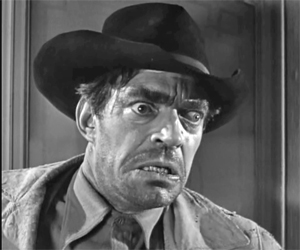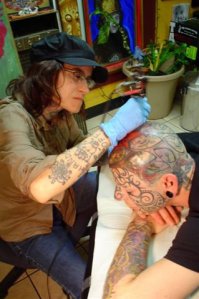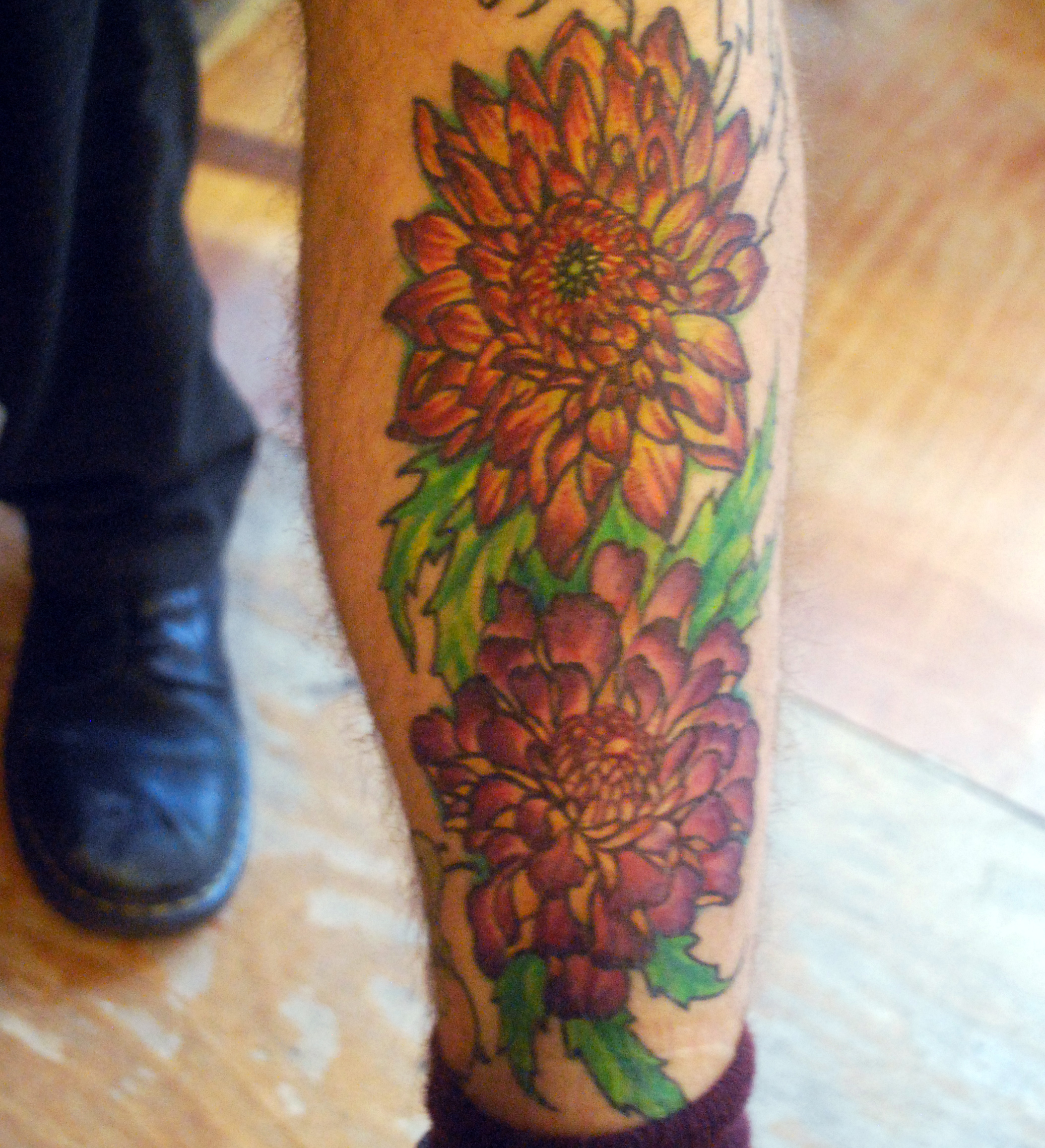 Good tattoos are not cheap: cheap tattoos are not good.
Good tattoos are not cheap: cheap tattoos are not good.
I’ve been a tattoo artist for many years, and I’ve heard, and said, this phrase too many times to count. Often times people will hunt for the cheapest price, without realizing that the cheapest price is usually a red flag to poor quality or bad health and safety precautions.
When you’re searching for a tattoo, the first thing on your mind should be safety. You’ll want to get tattooed in a professional shop, with the proper licensing from the health department. Your health is more valuable than the few dollars you’d save otherwise. Think about the long-term cost of your tattoo. You will be wearing this art until you die. Compare it to the cost of your shoes-which wear out every year; a tattoo costs less in the long run than any other purchase you can make.
Most tattoo shops in a given city or area will cost about the same rate. There may be a few artists who are booked far in advance, who charge more than this. If you are seeking a large, custom-drawn original tattoo, you’ll probably be better off to pay more, and wait longer, for one of these artists to do your tattoo.
You can count on paying anywhere from one to two hundred dollars per hour of time spent tattooing. Most studios have a minimum price for any tattoo, no matter how small. This price usually takes into account the cost of new, disposable equipment, and time spent sterilizing/disinfecting. On average this can range anywhere from forty to a hundred dollars, depending on the ability of the artist. Some top-name artists have a waiting list of a year or more, and may cost up to a thousand dollars each sitting. New or apprentice artists may cost much less, or be willing to work at a deep discount, in order to gain experience. A word of caution is in order for these young artists, though, as many of them will NOT do the best work for the money. The base hourly rate will vary depending on cost of living where you are at.
Tattoo artists are often paid on commission, earning from forty to eighty percent of your payment. This means that for a fifty dollar tattoo, the artist gets paid less than ten dollars, after equipment costs and commission are subtracted. Artists that own the studio may be paid a higher rate, and artists that are working part time may be paying a flat amount in rent to work in the shop. The majority of artists, however, work on commission or “percentage”, and are independent contractors.
In most cases, a smaller tattoo will be quoted a flat price, while a larger tattoo will be quoted at an hourly rate. Tattoos on hands, feet, and faces will often cost more. The minimum for tattoos from me is $60, but it’s $100 for those areas, because the possibility of a needle stick for me is higher, and because they will most usually need a touchup.
Your best gauge for pricing in your area is to call one or two studios and ask if they have a minimum price, usually an hourly rate will be about double this minimum cost.
 Since most tattoo artists do not have health insurance, workmens’ comp, or any standard paycheck, and since they do not get to keep the majority of the price of the tattoo, tips are always appreciated. Tips can range anywhere from five to twenty percent; depending on the difficulty of the tattoo, your ability to sit still, and the service you felt you received. A large, difficult tattoo that you could not sit still for, during which you wiggled, cried, and made the artist pause, and during which the artist was polite and entertaining to you, represents a situation in which you should tip very well. Industry standard ranges from 5% (for a huge tattoo) to 20% (for smaller pieces).
Since most tattoo artists do not have health insurance, workmens’ comp, or any standard paycheck, and since they do not get to keep the majority of the price of the tattoo, tips are always appreciated. Tips can range anywhere from five to twenty percent; depending on the difficulty of the tattoo, your ability to sit still, and the service you felt you received. A large, difficult tattoo that you could not sit still for, during which you wiggled, cried, and made the artist pause, and during which the artist was polite and entertaining to you, represents a situation in which you should tip very well. Industry standard ranges from 5% (for a huge tattoo) to 20% (for smaller pieces).
Most tattoo artists will also be able to suggest alternative placement, rendering, or ways to simplify a tattoo so that the basic idea remains the same, but will cost less overall. If you have a budget, let the artist know and see if they can work within it– often there are ways to do this, and usually the artist can find a way to make your tattoo affordable, within reason.
Your tattoo should be a point of pride, so when you’re shopping for one make sure to look at the artist’s portfolio, photographs of work they have already done, to be sure they can do good work that you think looks right; because what you paid for your tattoo will be forgotten in ten years, but you’ll still be looking at it for years after that.
If you like my work, check out the new horror coloring book I made!
(written by me and originally published at this link)




 Tattoos do have a purpose, although to some it may seem they are merely frivolous decoration, or a ploy for attention.
Tattoos do have a purpose, although to some it may seem they are merely frivolous decoration, or a ploy for attention. Some use a tattoo to express their political or religious feelings. Many young Christians get crosses and fish tattooed on them as reminders of their moral beliefs, and many people get symbols of their personal opinions tattooed on them.
Some use a tattoo to express their political or religious feelings. Many young Christians get crosses and fish tattooed on them as reminders of their moral beliefs, and many people get symbols of their personal opinions tattooed on them. By far the most common reason to get tattooed is to express a hidden aspect of the wearer’s personality. The majority of people I’ve tattooed over the last ten years have stated that this was the reason they decided to get tattooed. For some this is as simple as getting a single word in english, or in another language, such as “truth” or “love”. For others, it can involve a large and extensive custom drawing that contains many personal symbols or images that express the personality of the wearer.
By far the most common reason to get tattooed is to express a hidden aspect of the wearer’s personality. The majority of people I’ve tattooed over the last ten years have stated that this was the reason they decided to get tattooed. For some this is as simple as getting a single word in english, or in another language, such as “truth” or “love”. For others, it can involve a large and extensive custom drawing that contains many personal symbols or images that express the personality of the wearer. It can be hard to commit to one image that will be permanent. Some people just have too many ideas! Here are some ways you can decide what to get tattooed…Subject, style, and placement.
It can be hard to commit to one image that will be permanent. Some people just have too many ideas! Here are some ways you can decide what to get tattooed…Subject, style, and placement. Pain is defined as an unpleasant sensation. Most people avoid pain at all costs. Tattoos do hurt- but not in the way you’d think.
Pain is defined as an unpleasant sensation. Most people avoid pain at all costs. Tattoos do hurt- but not in the way you’d think. The endorphin rush associated with getting tattooed, or with running marathons, is notorious for becoming addictive. It is the same internal reaction that’s mimicked by the drugs ecstasy and morphine, among others.
The endorphin rush associated with getting tattooed, or with running marathons, is notorious for becoming addictive. It is the same internal reaction that’s mimicked by the drugs ecstasy and morphine, among others. Good tattoos are not cheap: cheap tattoos are not good.
Good tattoos are not cheap: cheap tattoos are not good.  Since most tattoo artists do not have health insurance, workmens’ comp, or any standard paycheck, and since they do not get to keep the majority of the price of the tattoo, tips are always appreciated. Tips can range anywhere from five to twenty percent; depending on the difficulty of the tattoo, your ability to sit still, and the service you felt you received. A large, difficult tattoo that you could not sit still for, during which you wiggled, cried, and made the artist pause, and during which the artist was polite and entertaining to you, represents a situation in which you should tip very well. Industry standard ranges from 5% (for a huge tattoo) to 20% (for smaller pieces).
Since most tattoo artists do not have health insurance, workmens’ comp, or any standard paycheck, and since they do not get to keep the majority of the price of the tattoo, tips are always appreciated. Tips can range anywhere from five to twenty percent; depending on the difficulty of the tattoo, your ability to sit still, and the service you felt you received. A large, difficult tattoo that you could not sit still for, during which you wiggled, cried, and made the artist pause, and during which the artist was polite and entertaining to you, represents a situation in which you should tip very well. Industry standard ranges from 5% (for a huge tattoo) to 20% (for smaller pieces). Tattoos, just like a fur or a pair of old favorite boots, require some care to stand the test of time.
Tattoos, just like a fur or a pair of old favorite boots, require some care to stand the test of time.